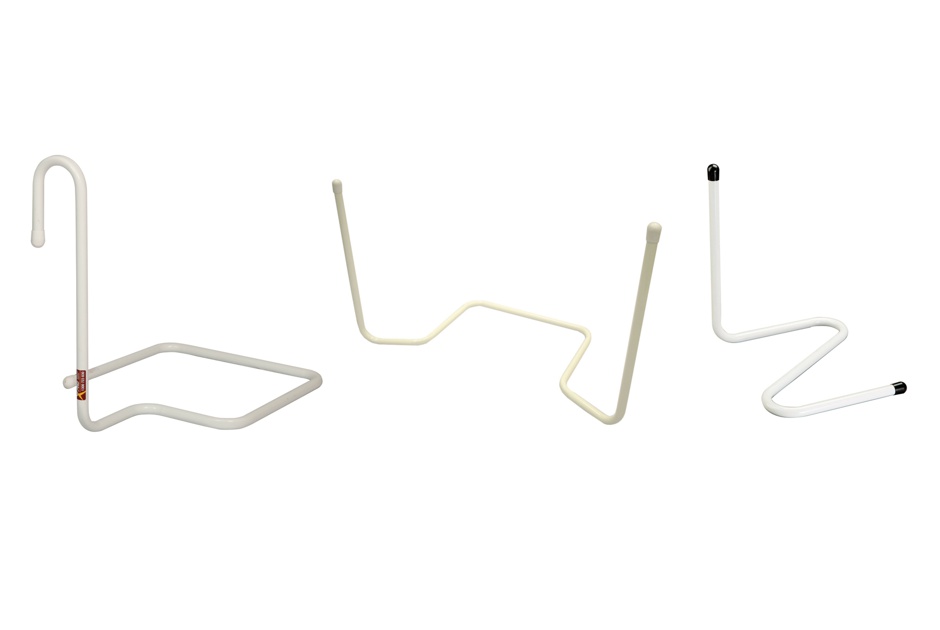What are bed poles & bed sticks?
Bed poles or bed sticks are used to assist people to get in and out of bed, or move in bed safely. They consist of a lightweight pole shaped so that one end is held secure under the mattress while the other end is positioned to produce one or two posts on the sides of the bed. These upright posts are there for people to grasp onto when they need additional assistance moving.
As bed poles are a relatively inexpensive item, they have been readily used in both private homes and facilities. Bed poles provide people with increased independence, rather than waiting for a nurse or carer to assist them in rolling over or getting out of bed. However, of recent years, bed poles have been highlighted as dangerous in certain circumstances.
Some examples of Bed Sticks

Why are bed poles classified as dangerous?
Injuries and deaths have resulted from inappropriate use and prescription of bed poles, which have highlighted the risk of these devices. Evidence is available from published coronial reports, as well as anecdotal reports from occupational therapists.
The main risks associated with bed poles is that they are not permanently fixed. In the event that bed pole moves, a gap can form between the pole and mattress which can cause entrapment or asphyxiation if the person rolls out of bed and cannot free themselves.
Bed poles with straight sticks have also been known to cause impalement. As a result, bed poles with safety returns on the pole should only be supplied, in the event a bed pole is prescribed.
Can I still use or prescribe a bed pole or bed stick?
At the time this article was written, there were no Australian Standards, legislation or regulatory standards regarding the prescription of bed poles/sticks.
We recommend that thorough risk assessments are carried out before a bed pole or bed stick is prescribed. This includes considering the person’s cognitive, perceptual and motor functioning, mobility, history of falls, bed stick positioning, and the context in which the equipment is used.
If a person suffers from any of the following, we would not recommend a bed pole to be used:
- Cognitive disorders
- High falls risk
- Implications of medication
- Involuntary movements
- Limited mobility
If a bed stick or pole is in place, it is recommended to monitor the position of the device regularly. The bed stick should be positioned close to the waist, and not close to the head or upper body. The person’s weight should adequately aid in stabilising the device. The user and their staff or carers should be educated as to the risk of the device, and how it should be positioned.
What are the alternatives to bed poles?
There are many options that could be considered before prescribing a bed pole, including:
- Fixed rails (can only be fixed to adjustable hospital style beds)
- Over bed poles/self-help poles
- Bed ladders
- Floor-level beds which allow the bed to be lowered to the floor
- Padded floor mats or crash mats
- Hip protectors
- Alarms
Sources/Further reading:
- Occupational Therapy Australia Position Statement: Provision of Bed Sticks and Poles (PDF)
- Magistrates Court of Tasmania: Record of Investigation into Death (With Inquest) (PDF)

